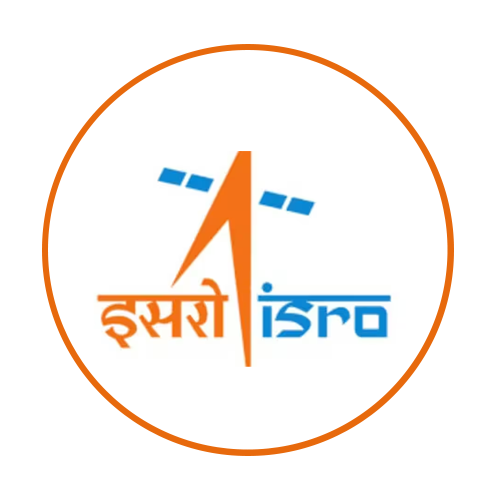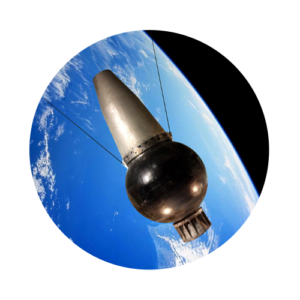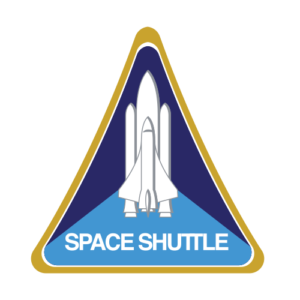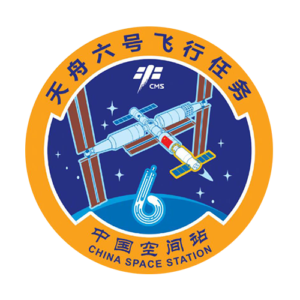The Chandrayaan Program is India’s lunar exploration initiative, aimed at advancing scientific knowledge and technology in space exploration. Notable for its successful missions, including Chandrayaan-1 and Chandrayaan-2, this program has significantly contributed to our understanding of the Moon’s composition, geology, and lunar environment.
History & Evolution
Originating in the early 21st century, the Chandrayaan Program marked India’s entry into interplanetary exploration. Chandrayaan-1, launched in 2008, was India’s first lunar probe and made significant discoveries, including evidence of water molecules on the Moon’s surface. Chandrayaan-2, launched in 2019, further expanded India’s lunar exploration capabilities by attempting a soft landing on the Moon’s south pole.
Mission Objectives
The primary objectives of the Chandrayaan Program are to explore the lunar surface, study its mineral composition, and analyze its geological features. Additionally, the program aims to demonstrate India’s technological capabilities in lunar exploration and to contribute to international lunar research efforts.
At the time of writing these, there have been three Chandrayaan missions:
- Chandrayaan 1: Chandrayaan-1 was India’s first lunar mission, launched by the Indian Space Research Organisation (ISRO) on October 22, 2008. Its primary objective was to study the Moon’s surface composition, topography, and mineralogy using remote sensing instruments. Notable achievements include the discovery of water molecules on the lunar surface and the confirmation of the presence of hydroxyl ions in the lunar soil.
- Chandrayaan 2: Chandrayaan-2, launched on July 22, 2019, is India’s second lunar mission. It consists of an orbiter, a lander named Vikram, and a rover named Pragyan. The mission aims to further our understanding of the Moon’s south polar region and explore the possibility of water ice in the polar regions. While the Vikram lander’s soft landing attempt was unsuccessful, the orbiter continues to operate and collect valuable data from lunar orbit.
- Chandrayaan 3:Chandrayaan-3 is an upcoming lunar mission planned by ISRO as a follow-up to Chandrayaan-2. Scheduled for launch in late 2022 or early 2023, Chandrayaan-3 will focus on achieving a successful soft landing on the Moon’s surface, building upon the lessons learned from Chandrayaan-2’s landing attempt. The mission aims to demonstrate India’s capability to land on the Moon and conduct scientific exploration activities.
Infrastructure and Facilities
The Chandrayaan Program utilizes launch facilities at the Satish Dhawan Space Centre in Sriharikota, India. The Indian Space Research Organisation (ISRO) oversees spacecraft manufacturing and testing, collaborating with various national and international partners to achieve mission objectives.
Spacecraft and Vehicles
Key elements of the Chandrayaan Program include the Chandrayaan-1 and Chandrayaan-2 spacecraft, along with the GSLV Mk III launch vehicle used to propel them into space. These vehicles are equipped with scientific instruments to study the lunar surface, atmosphere, and environment.
Achievements and Discoveries
The Chandrayaan Program has achieved significant milestones, including the discovery of water molecules on the Moon’s surface by Chandrayaan-1. Chandrayaan-2’s orbiter continues to study the Moon, providing valuable data on its composition and geology, contributing to our understanding of planetary evolution.
Current Status of this program
The Chandrayaan Program is ongoing, with future missions planned to further explore the Moon’s surface and expand India’s capabilities in space exploration.





